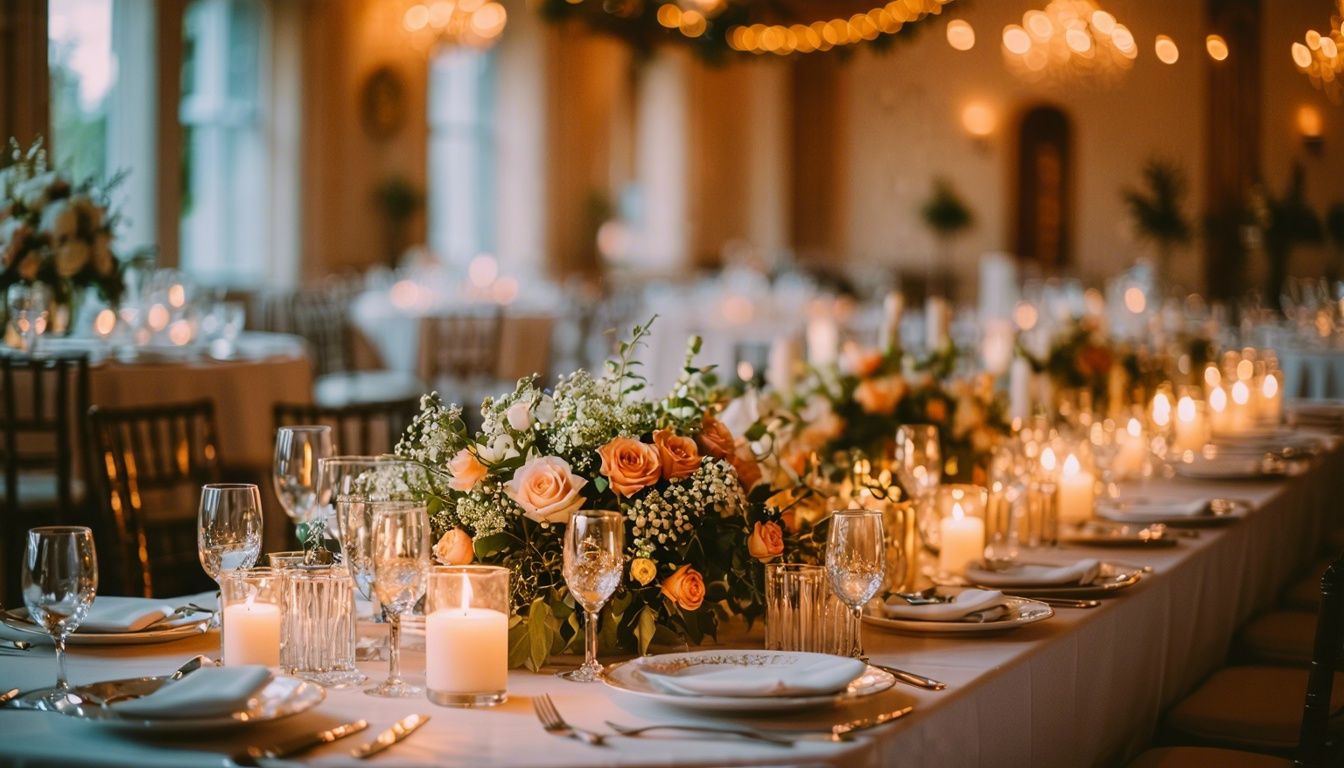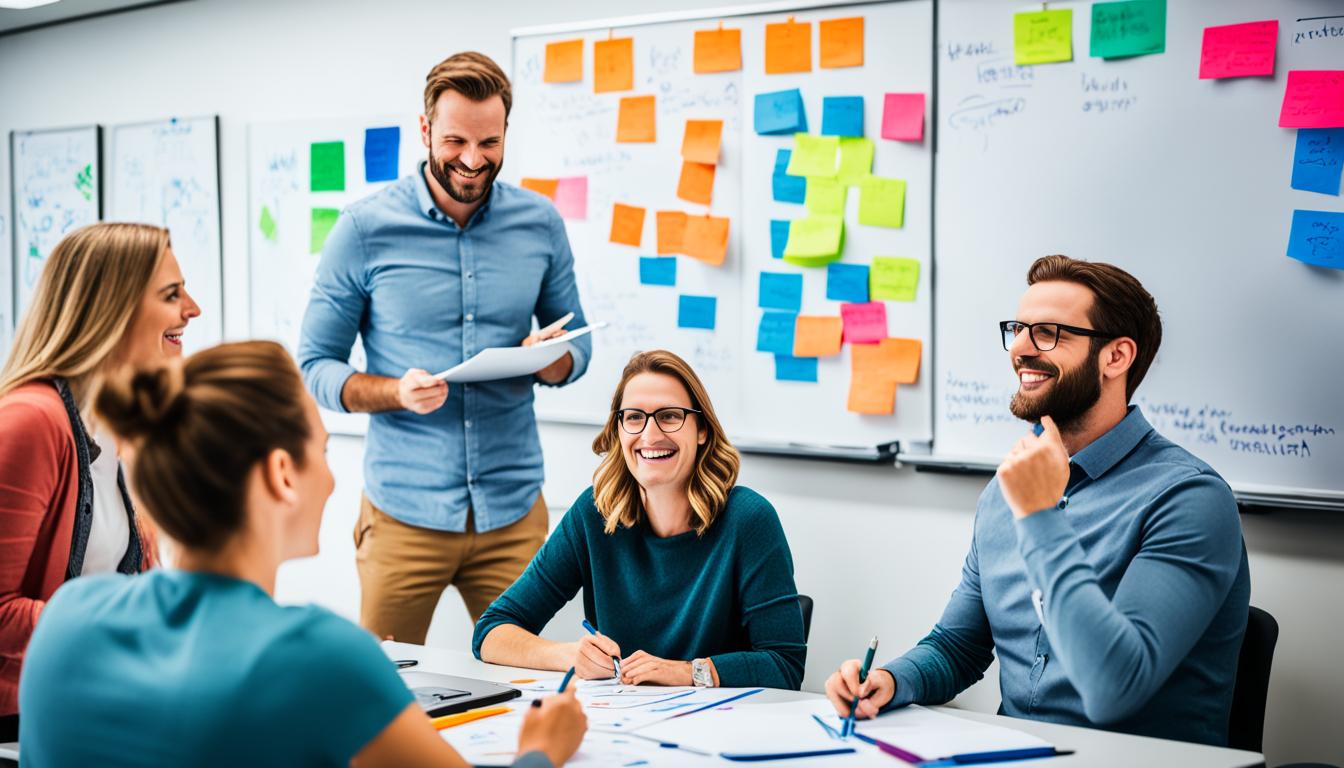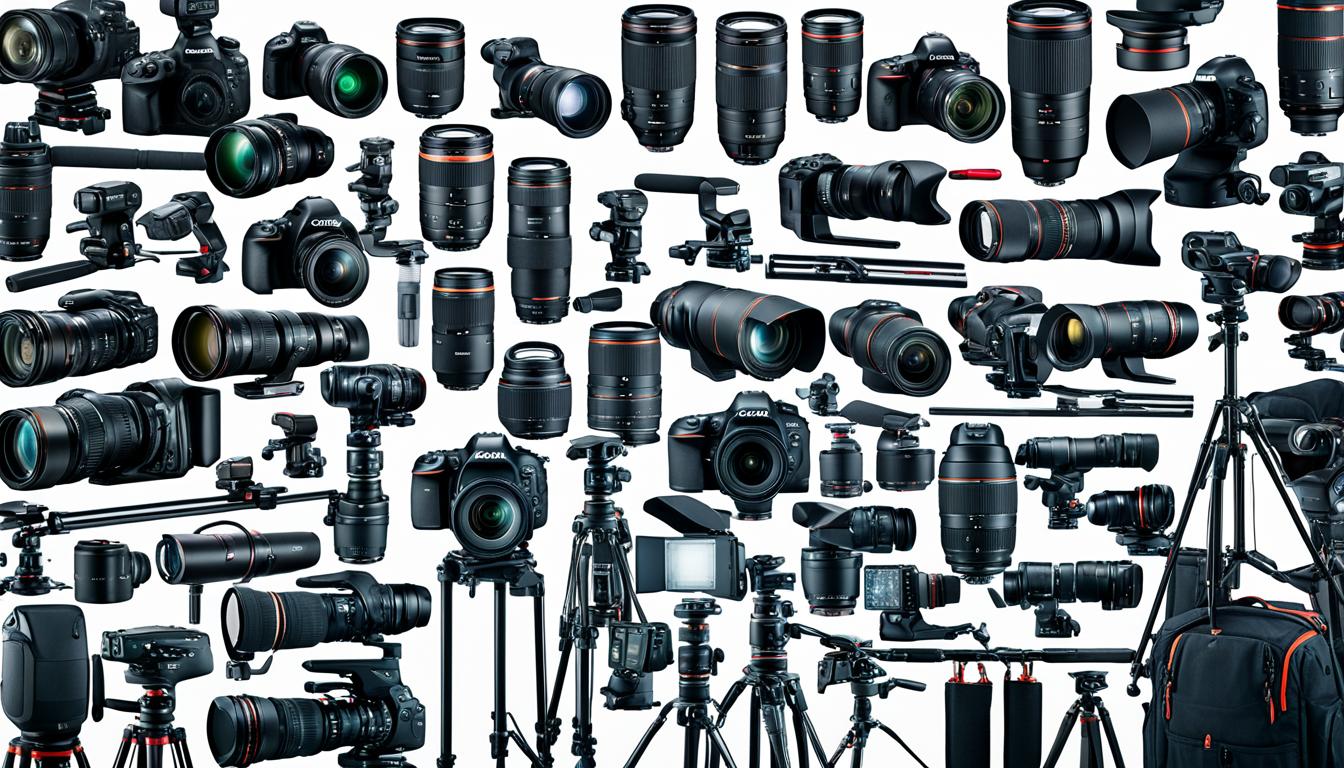Gaining the skills to capture stunning concert photos can be both exhilarating and rewarding. However, it requires careful consideration of the right settings and strategies to ensure success. In this article, we will explore essential concert photography tips that will help you capture the energy and excitement of live performances while producing high-quality images.
Key Takeaways:
- Choose the right gear, including a digital SLR camera, lens with a wide aperture, memory cards, a comfortable strap, a monopod, and quality earplugs.
- Start your concert photography journey at smaller venues to gain experience and familiarize yourself with the local music scene.
- Comply with venue requirements by obtaining a photo pass or authorization to build your credibility and reputation as a concert photographer.
- Avoid using flash and learn to adjust the lighting settings on your camera to capture the essence of the concert without distracting performers and the audience.
- Use aperture priority mode and fast shutter speeds to capture the energy and rapid movements during energetic performances.
By following these concert photography tips and implementing the right settings and strategies, you will be able to capture memorable moments and preserve the thrill of live performances through your photographs.
Choosing the Right Gear for Concert Photography
In order to capture high-quality concert photos, it’s important to have the right gear. Here are some essential items to consider:
- Digital SLR Camera: A digital SLR camera allows you to adjust shutter speeds and light settings, giving you more control over your shots. Brands like Nikon and Canon offer a wide range of options suitable for concert photography.
- Lens: A lens with a wide aperture is essential for low-light environments commonly found in concert venues. Consider investing in a versatile lens, like a 50mm f/1.4, which is great for capturing both close-ups and wider shots.
- Memory Cards: Make sure to have ample storage space for your photos. Opt for high-capacity memory cards to avoid running out of storage during a concert.
- Strap: Carrying a heavy camera for long periods can strain your neck and shoulders. Invest in a comfortable camera strap that distributes the weight evenly and allows for easy access to your camera.
- Monopod: Stability is crucial when capturing sharp and steady shots. Using a monopod can provide the necessary support and minimize camera shake, especially during longer exposures.
- Quality Earplugs: Concerts can be loud, and protecting your hearing should be a priority. Invest in quality earplugs that reduce noise levels while maintaining the clarity of the music.
Having the right concert photography gear will significantly enhance your ability to capture the energy and excitement of live performances. With a digital SLR camera, a lens with a wide aperture, sufficient memory cards, a comfortable strap, a monopod for stability, and quality earplugs, you’ll be well-prepared to create stunning concert photographs.
Starting with Smaller Concerts
If you’re new to concert photography and looking to gain experience, starting with smaller venues and concerts is a great way to begin your journey. Not only will you have the opportunity to capture some amazing shots, but you’ll also have a chance to familiarize yourself with the local music scene and build relationships within the industry.
Here are some tips to help you get started:
- Get on local bands’ mailing lists: By joining the mailing lists of local bands, you’ll be notified about upcoming shows and can plan your photography schedule accordingly. This will also allow you to establish connections with musicians and potentially collaborate on future projects.
- Study free weekly entertainment publications: Many cities have free weekly entertainment publications that list upcoming concerts and events. These publications provide valuable information about the local music scene and can help you discover smaller venues and lesser-known artists.
- Gradually work your way up to larger events: Starting with smaller concerts allows you to gain experience and build your portfolio. As you develop your skills and gain confidence, you can start pursuing opportunities to photograph larger events and more well-known artists.
Remember, gaining experience takes time and practice. Enjoy the process of learning and improving your skills, and don’t be afraid to step out of your comfort zone. With dedication and persistence, you’ll soon find yourself capturing stunning shots at concerts of all sizes.
Testimonial
“Starting my concert photography journey at smaller venues was the best decision I made. It allowed me to gain experience, network with local artists, and develop my own unique style. Now, I’m able to photograph large-scale concerts with confidence and capture the energy of every performance.”
– Sarah Johnson, Concert Photographer
Tips for Starting with Smaller Concerts
| Tips | Description |
|---|---|
| 1 | Join local bands’ mailing lists |
| 2 | Read free weekly entertainment publications |
| 3 | Gradually progress to larger events |
Complying with Venue Requirements
When it comes to concert photography, it’s crucial to understand and comply with the venue’s requirements. Some concert venues may have specific rules and restrictions in place to ensure the safety and enjoyment of both performers and audience members. As a photographer, it’s important to abide by these guidelines to maintain a positive and professional relationship with the venue and its staff.
One common requirement at concerts is the need for a photo pass or authorization to photograph the event. These passes are typically issued by the venue or the artist’s management team and are meant to distinguish professional photographers from general audience members who might try to take photos without permission.
In order to obtain a photo pass, it can be beneficial to have some form of credibility as a concert photographer. Working for a publication, whether it’s a music magazine or an online blog, can lend you the legitimacy needed to secure a photo pass. Alternatively, if you have your own music or photography website, you can demonstrate your dedication and expertise in the field, which can also help you obtain a photo pass.
Having your own publication or website also opens up opportunities to sell your concert photos. Once you have established your reputation as a talented concert photographer, you can offer your images for sale on your platform. This can not only generate income but also contribute to building your reputation even further.
Building a strong reputation as a concert photographer is essential for your long-term success in the industry. By consistently capturing high-quality photos and adhering to venue requirements, you will earn the trust of artists, venues, and industry professionals. This trust can open doors to more opportunities, such as photographing larger concerts and working with renowned artists.
Remember, complying with venue requirements is not only about following the rules, but also about establishing yourself as a professional and reliable concert photographer. It’s an important step in building your reputation and growing your career in the music photography industry.
Pros and Cons of Complying with Venue Requirements
| Pros | Cons |
|---|---|
| Gain access to restricted areas | May limit your creative freedom |
| Establish credibility as a professional | Additional administrative hassle |
| Opportunity to sell your photos | Restrictions on photo usage and distribution |
| Build relationships with venues and artists | Limitations on shooting angles and positions |
| Enhance your reputation as a reliable photographer | Less flexibility in capturing spontaneous moments |

Avoiding Flash and Using ISO Sensitivity
When it comes to concert photography, using flash is generally a big no-no. Not only can it be distracting to the performers, but it can also draw the attention away from the natural ambiance of the event. Instead, we recommend learning how to adjust the light settings on your camera manually to capture the best shots without flash.
One essential setting to monitor is ISO sensitivity. This setting determines the camera’s sensitivity to light and plays a crucial role in low-light photography. By increasing the ISO sensitivity, you can capture clearer and brighter images even in dimly lit concert venues. Most concert photographers start with an ISO setting of 1600 as a good starting point and make adjustments as needed depending on the lighting conditions.
Adjusting the ISO sensitivity allows you to strike the right balance between capturing sharp images and managing noise levels. While a higher ISO setting can introduce more noise or grain in the image, it can also help you freeze the motion and capture the energy of live performances.
Adjusting Lighting Settings
Mastering the art of adjusting lighting settings is crucial in concert photography without flash. Here are a few tips to help you achieve optimal results:
- Use a wide aperture: A wide aperture, such as f/1.8 or f/2.8, allows more light to enter the camera, enabling you to capture well-exposed images in low-light conditions. This is where using a lens with a wide aperture, like a 50mm f/1.4 lens, can make a significant difference.
- Experiment with shutter speed: Adjusting the shutter speed can help you capture crisp images of moving subjects on stage. Faster shutter speeds, such as 1/200 or higher, can freeze the motion and prevent blur, ensuring you capture those electrifying moments.
- Consider manual mode: While aperture priority mode is often a good starting point for beginners, once you gain more experience, don’t shy away from trying out manual mode. It gives you complete control over the settings, allowing you to fine-tune the exposure according to the lighting conditions.
By experimenting with these lighting settings, you can capture stunning concert photos that showcase the essence and energy of live performances.
Remember, concert photography is all about capturing the emotion and excitement of the moment. By avoiding flash and adjusting the ISO sensitivity and lighting settings on your camera, you can capture remarkable photos that truly encapsulate the spirit of the concert.
Using Aperture Priority Mode and Fast Shutter Speeds
When it comes to concert photography techniques, using aperture priority mode and fast shutter speeds can greatly enhance your captures. Aperture priority mode is particularly useful for beginners, allowing you to focus on the moment while the camera automatically adjusts to the lighting conditions.
With aperture priority mode, you’ll be able to control the depth of field by adjusting the aperture setting. A wider aperture (smaller f-number) will result in a shallower depth of field, emphasizing the subject and creating a dreamy bokeh effect. On the other hand, a narrower aperture (larger f-number) will increase the depth of field, keeping more of the image in focus.
In addition to aperture priority mode, using fast shutter speeds is essential for concert photography. Concerts are filled with energetic movements, and capturing those quick and dynamic moments requires a fast shutter speed. Setting your camera to a shutter speed of 1/200 or higher will freeze the action, allowing you to capture the excitement and passion of the performers.
By combining aperture priority mode with fast shutter speeds, you’ll be able to create stunning concert photos that truly convey the energy and atmosphere of live performances. Experiment with different aperture settings and shutter speeds to find the perfect balance for each shot.

“Aperture priority mode and fast shutter speeds are invaluable tools for concert photographers. They allow us to focus on capturing the moment while ensuring optimal exposure and sharpness. It’s the perfect combination for creating impactful and vivid images that transport viewers to the heart of the concert experience.”
Conclusion
Concert photography is an exhilarating art form that allows us to capture the electrifying energy and essence of live performances. By incorporating the tips and strategies we have discussed in this article, you can enhance your concert photography skills and immortalize unforgettable moments. Remember to invest in the right gear, build experience at smaller venues, adhere to venue requirements, refrain from using flash, adjust ISO sensitivity, and experiment with various techniques and settings.
Choosing the appropriate equipment, such as a digital SLR camera and a lens with a wide aperture, ensures that you can navigate low-light conditions and capture crisp, vibrant images. Starting your journey at smaller concerts enables you to gain invaluable experience and familiarize yourself with the local music scene, paving the way for future success at larger events.
Complying with venue requirements, whether it be acquiring a photo pass or establishing credibility through your own website or publication, opens up opportunities to sell your photos and build a reputable brand as a concert photographer. Remember, flash photography is generally prohibited, so mastering manual light settings is crucial for preserving the atmosphere and integrity of the performance.
By utilizing aperture priority mode and fast shutter speeds, you can capture dynamic movements and freeze the energy of the performers in time. Embrace experimentation and practice, as these are key pillars in the journey to becoming a skilled concert photographer.
With dedication and perseverance, you can hone your skills and seize remarkable shots that showcase the magic and intensity of live performances. So grab your camera, venture into the world of concert photography, and let your creativity ignite!
FAQ
What gear do I need for concert photography?
To capture high-quality concert photos, it’s important to have a digital SLR camera with adjustable settings. A lens with a wide aperture, such as a 50mm f/1.4 lens, is ideal for low-light environments. Other suggested gear includes memory cards, a comfortable strap, a monopod for stability, and quality earplugs to protect your hearing.
How should I start with concert photography?
It’s recommended to start your concert photography journey at smaller venues and concerts before moving on to larger events. This allows you to gain experience and familiarize yourself with the local music scene. Get on local bands’ mailing lists, study free weekly entertainment publications, and gradually work your way up to larger events.
Are there any requirements for photographing concerts?
Some concerts may have restrictions on photography, requiring photographers to have a photo pass or authorization. Working for a publication or having your own music or photography website can help you obtain a photo pass and establish your credibility. Having your own publication or website also allows you to sell your photos and build your reputation as a concert photographer.
Can I use flash in concert photography?
Flash photography is generally not allowed at concerts, as it can be distracting to performers and the audience. Instead, it’s recommended to learn how to adjust the light settings on your camera manually. One important setting to monitor is ISO sensitivity, which measures the camera’s sensitivity to light. Most concert photographers start with an ISO setting of 1600 and make adjustments as needed for different lighting conditions.
What camera mode should I use for concert photography?
For beginners, using aperture priority mode is a great way to start with concert photography. This setting automatically adjusts to the lighting conditions, allowing you to focus more on capturing the moment. Additionally, using fast shutter speeds, such as 1/200 or higher, is ideal for capturing rapid movements during energetic performances.
How can post-processing enhance concert photography?
Post-processing is one of the essential event photography postprocessing tips to enhance concert photography. By adjusting the exposure, contrast, and colors, photographers can bring out the energy and atmosphere of the concert. Additionally, cropping and sharpening can help highlight the key moments and details in the photos.




